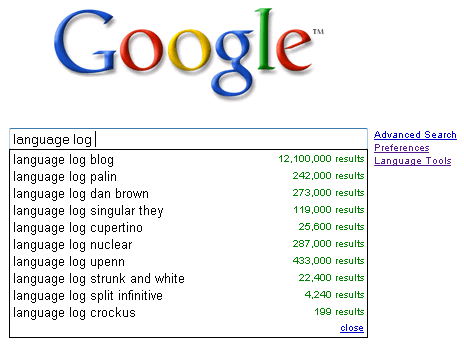In response to Don Ringe's recent post on "The Linguistic Diversity of Aboriginal Europe", David Marjanović asked
… is there a way to estimate how much time was available between the initial breakup of PIE and the establishment of sound changes that would make a Wanderwort traceable? I'd expect words like "horse" and "wheel" to potentially spread very quickly; indeed, there have been attempts to connect the East Asian Wanderwort for "horse" to the IE word (via Tocharian of course), similar attempts for Sino-Tibetan words for "cart/wheel", and others have found forms similar to the PIE */kʷekʷlo/- in both Northwest and Northeast Caucasian languages.
I forwarded this question to Don, who quickly answered:
Here are two documents toward a reply to the question you forwarded. The first is a short exploration of the principles involved and a sketch of what the methodology has to look like. It promises further postings that go into detail about IE words of interest. The longer post is installment one of that, digging into 'wheel' and 'horse'. I don't know whether it's suitable for the blog; it's long and technical, and unfortunately it can't be cogent *without* being long and technical.
If you're interested in the methods of historical-comparative reconstruction and their application to the relative and absolute chronology of the Indo-European languages, I believe that Don's answer will be well worth reading. Much of the information in it is the fruit of recent research (as you can see from the references), and most of the rest is not available in one place, organized so as to address the sort of question that David asked. If these things don't interest you, you're welcome to pass on to some of our other fine posts — and of course, our famous double-your-money-back guarantee continues to apply.
Read the rest of this entry »



